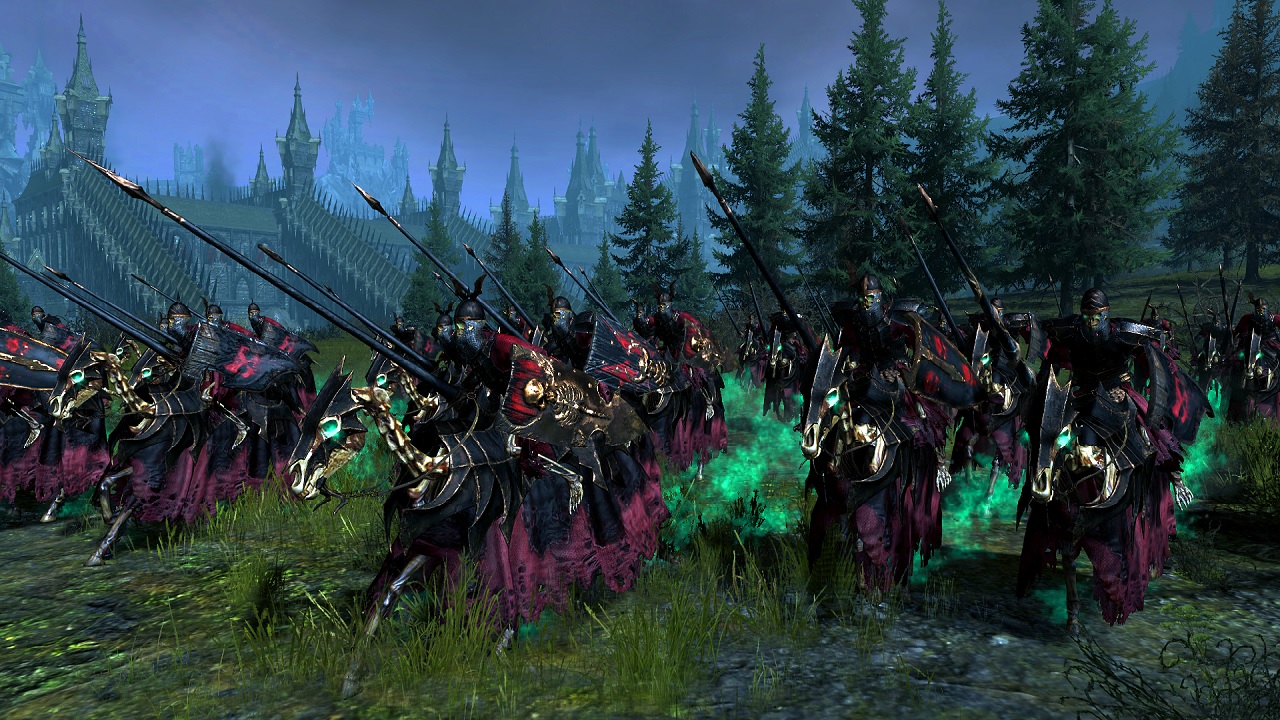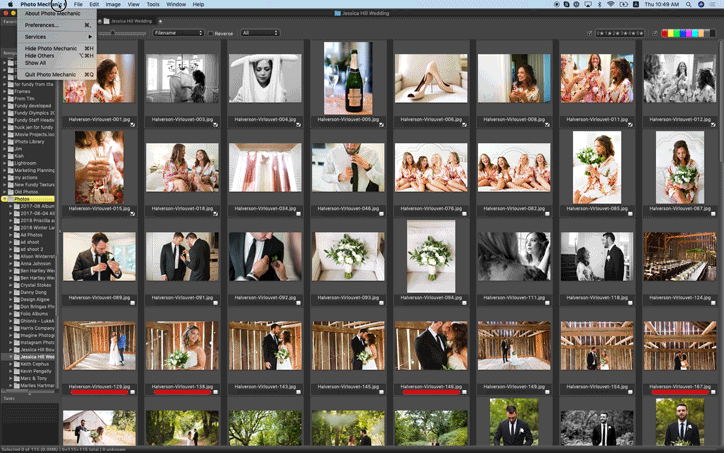Licensing on Google Images: What IPTC fields to use in Photo Mechanic
(Update 31 Aug 2020: This feature is now live on Google Images.)


Right now, we have Photo Mechanic 5. This photo sorting software costs $150 and you can get a free trial from their website. Why Use Photo Mechanic Ingesting. Ingesting is the act of importing or bringing images into a program. With Photo Mechanic, you can do this by creating a Contact Sheet or Live, through the act of tethering. Photo Mechanic was created for the sports photographer. Think of the super bowl’s halftime show. How is it that the photographers quickly found, edited, and posted a perfect photo all over social media before the show ended?! It’s because they used Photo Mechanic! Photo Mechanic is kind of an ancient-looking software program.

Recent stats suggest Google Images accounts for around 22% of all internet searches. So, it’s a big deal that Google will soon be letting folks include actual links to how to license (read: pay money for) your images when they show up in Google Images. How is this going to happen? Through metadata of course!
If you’re new to this, metadata involves all the information about an image that is not the image itself. Examples include captions, credits, keywords, etc. If you use Photo Mechanic you probably have at least a passing knowledge of IPTC metadata, because that is a huge part of why Photo Mechanic exists! (Note: We call it “IPTC metadata” because the IPTC is the global organization that helps define the fields and uses of metadata when it comes to sending photography around the web.) In a nutshell, Photo Mechanic has spent 20 years streamlining how people add IPTC metadata to their digital images.
Back to Google: a feature will soon go live on Google Images that will show two very important pieces of metadata as links for any photo that shows up in Google Images search results.
- A URL that tells people what rules you’ve set for how the image can be used
- A URL where people can go to license that image
If you are curious about more technical details, Google published this blog:
Image License in Google Images (BETA)
There are two ways to make this metadata information available for Google so it can show up in a Google Images search. One way is to code it into the HTML of whatever page is showing the images, but the much easier way is to tag that information into the image files themselves, and that’s where Photo Mechanic comes in. There are two main ways for adding metadata to photos in Photo Mechanic: One is the “Metadata (IPTC) Template” for adding metadata to lots of photos at once, and the “Metadata (IPTC) Info” pane for editing one photo at a time. The fields we’re using will be in the same place for both:
The “Copyright URL” field
This is the URL that Google will use for “License details.” (Note that the IPTC refers to this as Web Statement of Rights in their documentation.) It is part of the “Image Rights” section of both metadata dialogs in Photo Mechanic.
In the example here, I’m using a PhotoShelter rights statement that says that particular image definitely needs to be licensed. Other possibilities are the popular Creative Commons licenses as well as the more general ones at https://rightsstatements.org
Photo Mechanic Plus Review
The Licensor URL field(s)

The second field Google will be showing in search results is the link where people will go to actually license your image. In Photo Mechanic, you can specify multiple licensors for any image, but we’ll just cover setting one for now. There is an entire “Licensing” section of both the Metadata (IPTC) template and Metadata (IPTC) info dialogs. In that licensing section, there is an additional button to get to specifying Licensor information:
Photo Mechanic Plus
Clicking the “Edit…” button opens up the Licensor panel and that is where you will find the URL field. Here is where you can put the link to your online store or gallery. An e-commerce provider like PhotoShelter comes in very handy here:
It might be helpful here to remind you that you could put a variable in this field like {contactweb} and then anything you put in your “Contact Web URL” field will also get added to the Licensor URL field. In fact, that’s how I am going to start doing this myself, since opening up the Licensor info pane all the time is a step I’d like to avoid.
Todd Bigelow of The Business of Photography Workshop points out that he has this taken care of during his Photo Mechanic ingests and never has to worry about it afterwards. Smart!
Mechanic Images Free
So that’s how you add licensing information to your photos so that it will show up in Google Images search results. Keep in mind that many social media sites still strip metadata out of images when you share photos on those sites. This is not a magic bullet — but when putting images up on your own gallery or places like PhotoShelter and SmugMug, this can certainly help.
Photo Mechanic Tutorial
Youtube to mp3 converter no download for mac. If you have any other metadata questions, please reach out to our dedicated support team and we can help you work faster, smarter, and make more money from your images!
